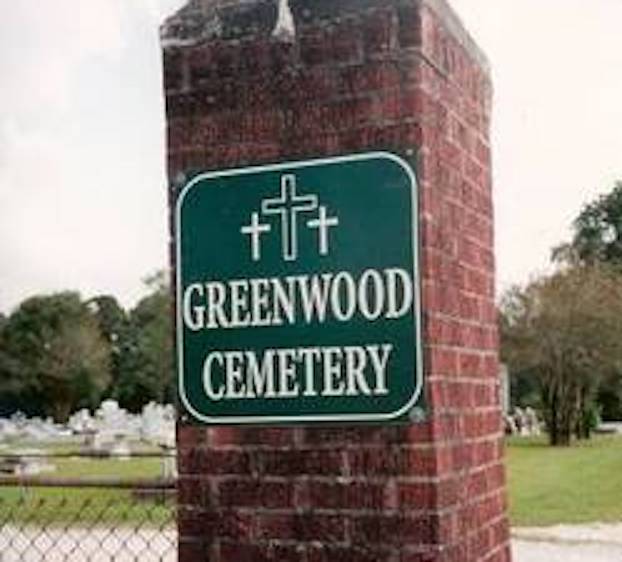Scooter Hobbs column: Everything you need to know (and more) about LSU opponent
Published 10:37 am Friday, May 31, 2024
Gather around, kiddos. Today’s lesson tackles that age-old question, one that has baffled the experts for lo these many years, possibly eons.
Namely: What in tarnation is a Wofford?
More specifically: How did something called the “Terriers” end up being LSU’s first-round opponent in the NCAA baseball tournament this morning in Chapel Hill, N.C.?
Trending
It’s complicated, as you might guess, which is not unusual for opening games on the Road to Omaha.
It may sound like a Sesame Street character. But it turns out that Wofford is a private, liberal arts college, a cozy enclave of roughly 2,000 students located in Spartanburg, S.C.
It is well known for being one of the oldest schools in the South that was established before the Civil War and still occupies its original acreage.
The school’s Italianate-Georgian architecture is considered somewhat notable.
But most historians agree that undoubtedly Wofford’s biggest claim to fame — its seminal moment — was what is still wistfully referred to as “The Great Food Riot of 1965.”
That, too, is complicated, especially for a Methodist school — actual former motto: “Attend the church of your choice, but send your sons to Wofford” — and I plan to research it further for some rollicking upcoming paragraphs.
Trending
But it all began in 1850, during the (unrelated) administration of Millard Fillmore, with a $100,000 endowment from a Methodist circuit-riding minister, the Rev. Benjamin Wofford.
At the time there was no cable television for a preacher to stumble onto that kind of cash, but the Rev. Wofford married into some serious money and had the good fortune to take over the family business just before his filthy rich father-in-law died.
Rev. Wofford, too, had died by the time (1854) the school opened its doors in — for lack of a more creative and historical name —the “Main Building.”
The school, abiding by Rev. Wofford’s wishes, focused on a “literary, classical, and scientific education,” which often as not involved raw Latin.
And then it wasn’t long before the Civil War came along.
On the one hand, some occupying Union troops taught many Wofford students the new-fangled game of “baseball.”
On the other hand, some financial genius invested the school’s endowment in Confederate bonds which, by the time the unpleasantness ended, of course were as worthless as an old catcher’s mitt.
So those were dark days for the school. It took 24 years (1889) for a first season to put the War’s baseball lessons to use, when according to carefully kept records the school “won about 33 games.” And it was another 118 years before the Terriers made their first appearance in the NCAA tournament, probably like in 2007.
Today will be its second.
Meanwhile, don’t forget the Great Food Fight — details still to come.
But first the school had to go through its reawakening.
That came in the 21st century with the “Wofford of To—morrow Project.” Its ambitious mission statement was to teach and perfect the proper use of hyphens.
Or something like that, maybe some new buildings.
But otherwise, things moved along without incident until the post-World War II years opened some eyes. It involved the Greatest Generation arriving on campus armed with the G.I. Bill.
Up until then Wofford boasted what was known as a “gentlemanly-style of education,” which likely involved neck ties.
The returning veterans, many of them married, demanded a more useful curriculum and mainly more fun (something to do) around campus.
Even though there were no female students, a makeshift sorority emerged called PhT — Putting Hubby Through, aka, the Wofford Dames Club or, mainly, Keeping Hubby Out of Porky Pigs nightspot.
But even now you can see the effects of the curriculum change. For instance, the section I’m reading boasts of the available internships, listing the four most popular as “theatre, pottery, knitting and short story writing.”
That may or may not have set the stage almost 20 years later for — drum roll, please — the Great Food Fight of 1965.
The Wofford cut-ups were slight ahead of the curve of the 1960s student demonstrations.
But on that fateful Sunday night the students were spontaneously fed up … with feeding time.
The melee allegedly started because the cafeteria served hot dogs — for the third time that week.
You can well imagine what happened next. According to an historical-type account on the school’s web site, food, plates and chairs were thrown about. The ruckus soon enough spilled outside, where trash bins were set ablaze, furniture hurled off balconies.
Local police and firemen arrived and were summarily pelted by water balloons.
But it was then that Dean of Students Frank Logan returned from a speaking engagement, strode into the battle zone and told them to cut it out.
It’s his claim to fame and, to my way of thinking, the school’s too.
What it all has to do with LSU and Wofford in the Chapel Hill regional, I couldn’t tell you.
But card-carrying LSU fans really only need to know two words:
Stony Brook.






